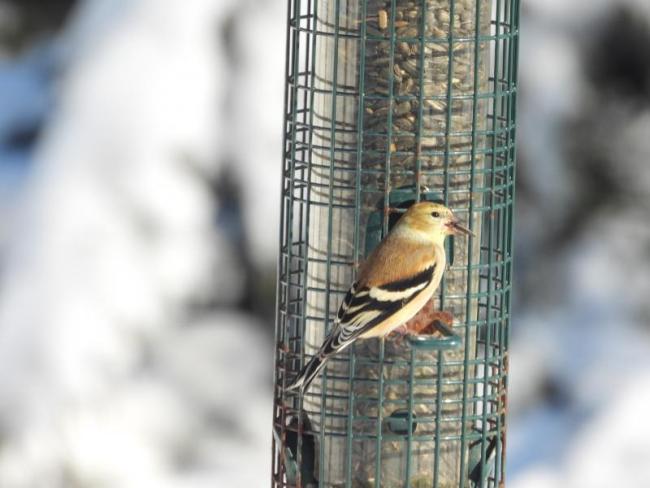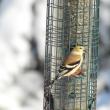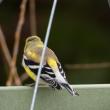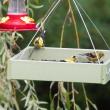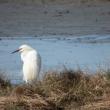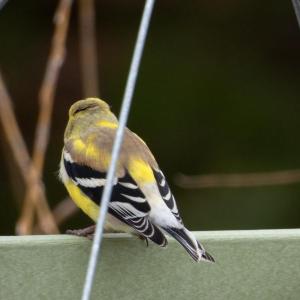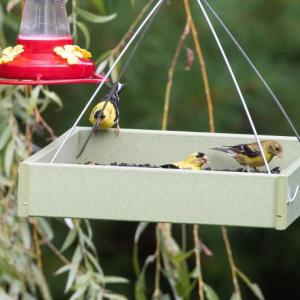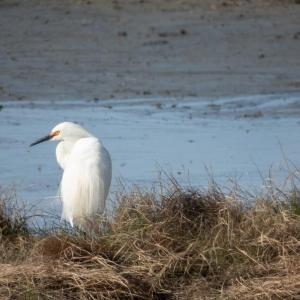Goldfinches in the Winter: Where Did All of the Males Go?
Many people, especially people who haven't looked into it before, tend to think that all of the male American Goldfinches disappear in the winter. It makes sense too! In the summer, the bright yellow of the male can brighten any day, and they are easy to identify. However, in the winter, all you can find at your feeders are the drab females. So what happened to them? The answer is not very complicated, and it involves what some may call a Goldfinch identity crisis.
While it is common knowledge that birds molt, essentially getting themselves a new coat, most people don’t know how it happens. Some birds do this incredible thing twice a year, while for most it’s only once a year, or even less. In birds like the Song Sparrow, which molts once a year, birds in the same regions look very alike. Usually, after the breeding season and before migration, when birds are not occupied, their internal clocks start recycling their old feathers. This is where their genes kick in. Feathers are “printed” like a piece of paper in a printer. When the birds share similar genes, their feathers will look very much alike as a result. So, while the birds appear to just be flying or eating, they are actually meticulously putting on a new coat of feathers.
Each feather grows only six millimeters a day, so for even a small bird, it takes over a month to refresh their look. For big birds, like eagles and herons, it can take up to a few years to replace their long feathers in a staggered pattern.
So, no, your male goldfinches didn’t go on vacation this winter. They simply molted, likely at the end of August, and now look just like females. And don’t worry, they will molt back to their beautiful plumage in the spring. As always, stay safe and act in the best interest of the birds!
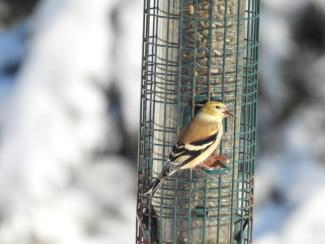 This is an American Goldfinch in the winter, making it nearly impossible to tell the sex. Photo courtesy Eliza Nickelson.
This is an American Goldfinch in the winter, making it nearly impossible to tell the sex. Photo courtesy Eliza Nickelson.
 This is a male American Goldfinch, in the process of his spring molt. As you can see, not all of his feathers molt at the same time. Photo courtesy Eliza Nickelson.
This is a male American Goldfinch, in the process of his spring molt. As you can see, not all of his feathers molt at the same time. Photo courtesy Eliza Nickelson.
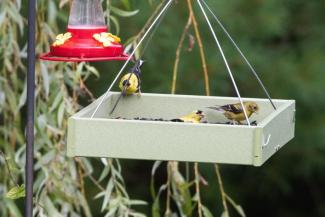 In this photo, there are two males and a female. You are able to tell because since the willow tree in the background is out, it is summer. Photo courtesy Eliza Nickelson.
In this photo, there are two males and a female. You are able to tell because since the willow tree in the background is out, it is summer. Photo courtesy Eliza Nickelson.
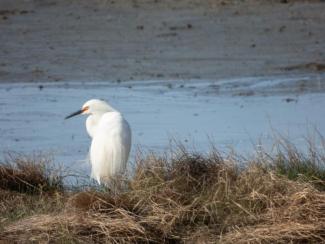 Birds like this Snowy Egret can take years to replace their feathers. Photo courtesy Eliza Nickelson.
Birds like this Snowy Egret can take years to replace their feathers. Photo courtesy Eliza Nickelson.
United States

